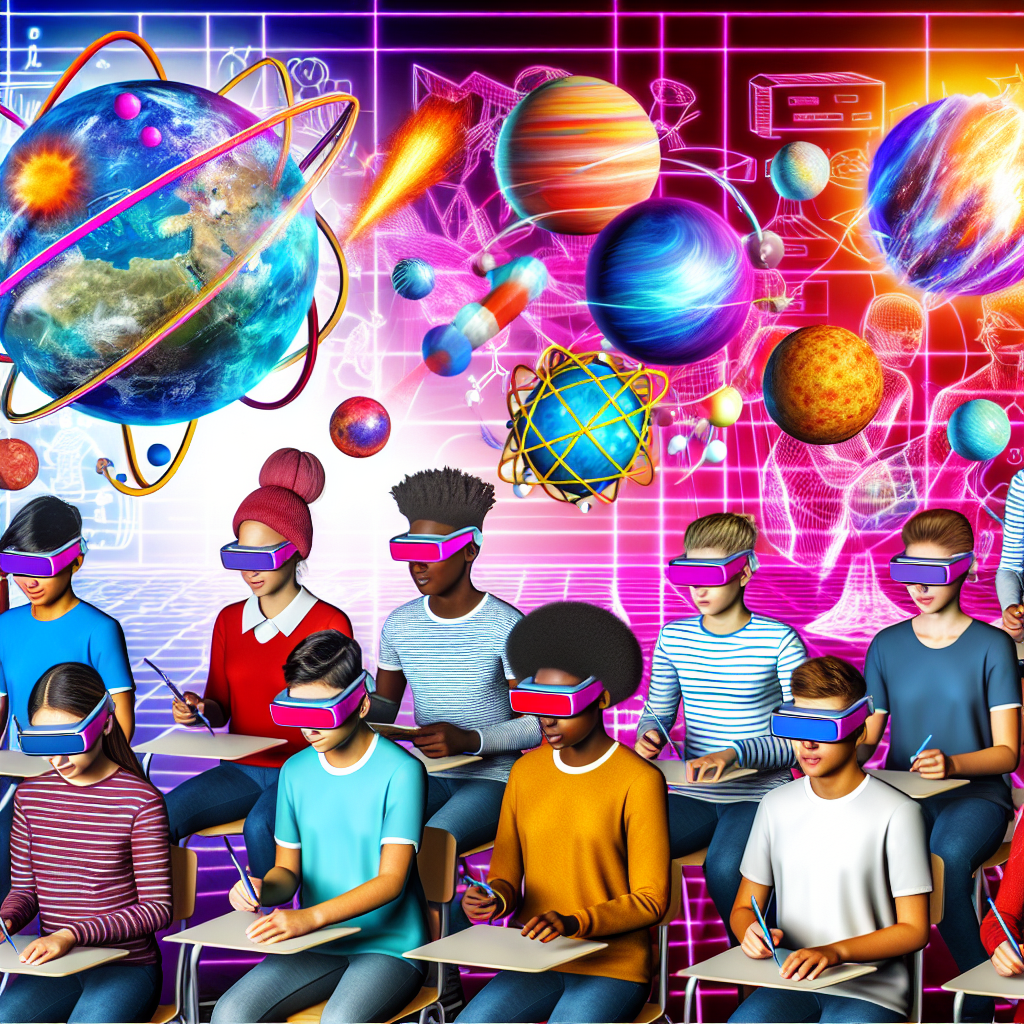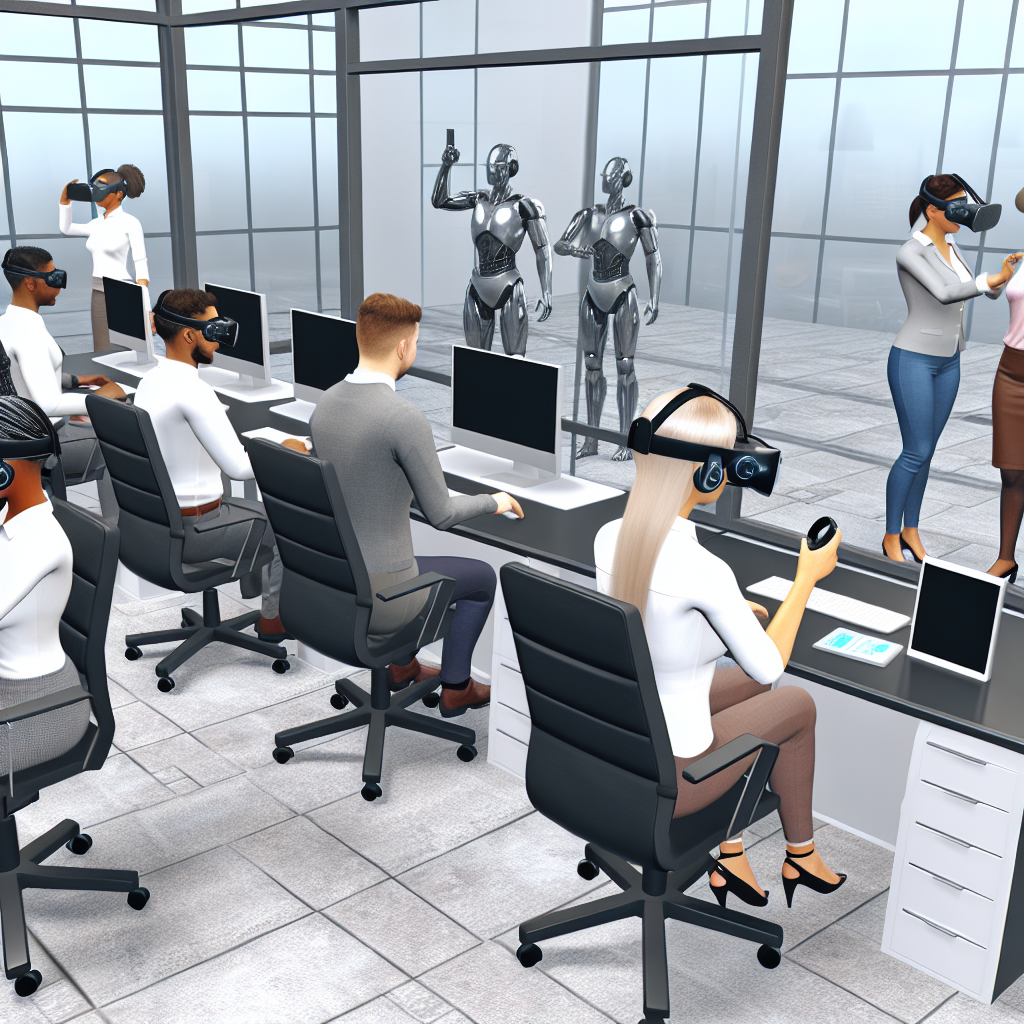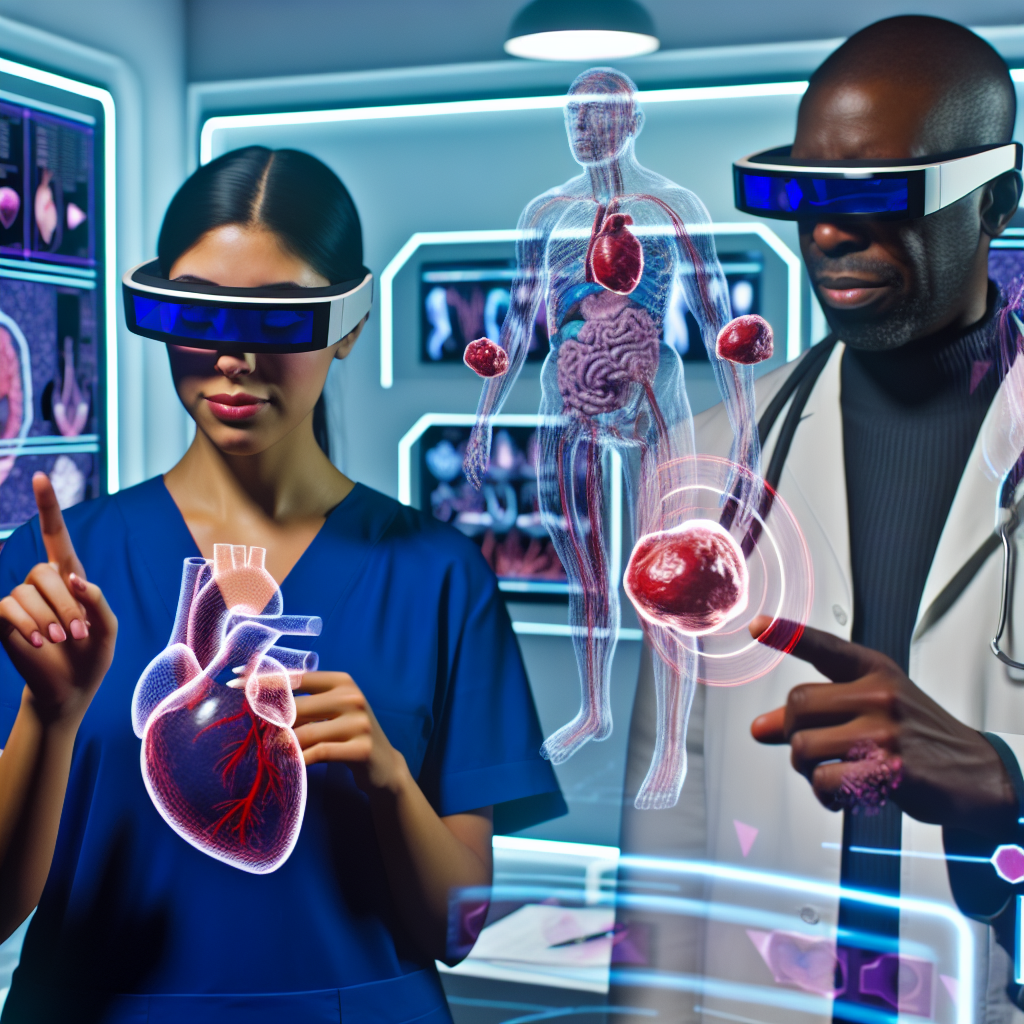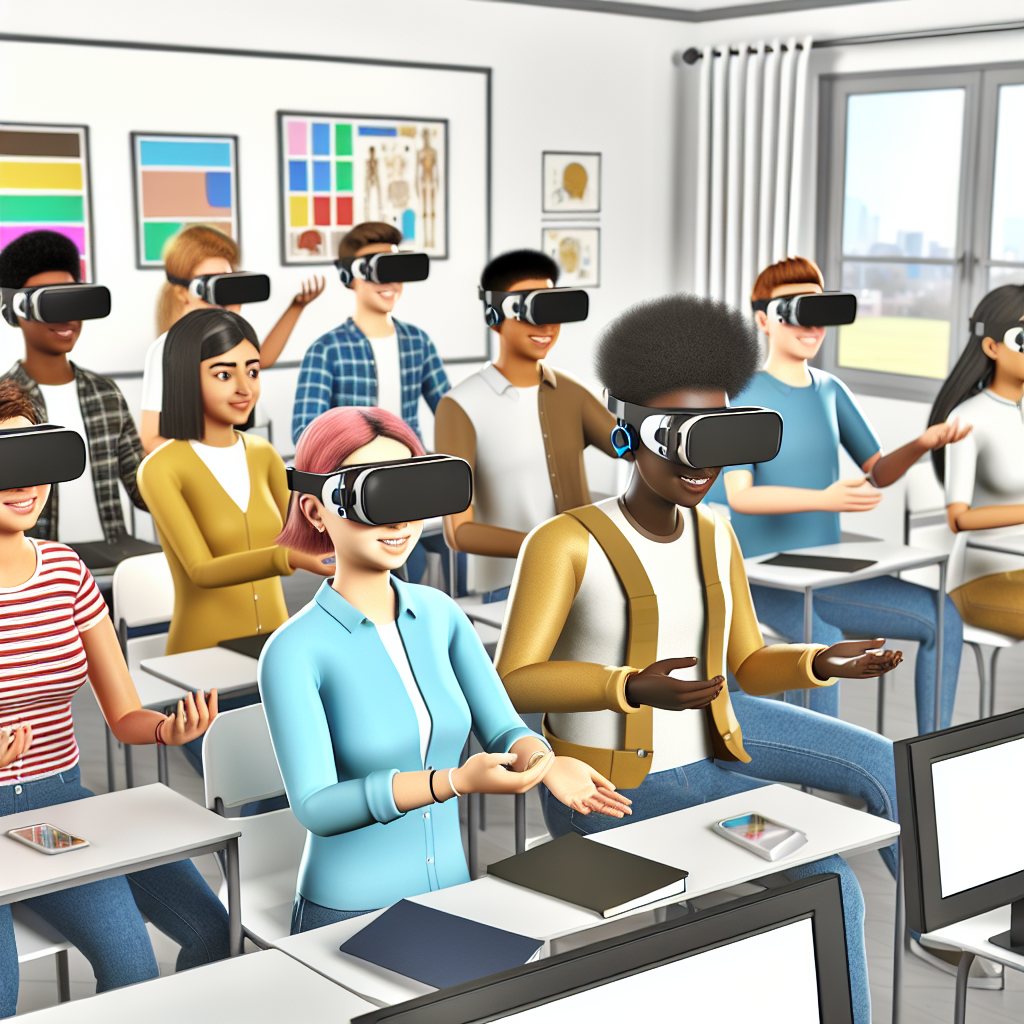AR and VR technologies are revolutionizing education and training by providing immersive learning experiences that enhance comprehension and retention of information. These technologies cater to different learning styles, simulate real-world scenarios, and offer personalized and adaptive learning experiences. As AR and VR become more accessible, the potential for revolutionizing education and training is endless.
In recent years, the realms of education and training have been transformed by the innovative technologies of Augmented Reality (AR) and Virtual Reality (VR). These immersive technologies have revolutionized the way we learn and acquire new skills, offering unprecedented opportunities for interactive and engaging experiences. In this article, we will explore the impact of AR and VR on education and training, delving into topics such as immersive learning, the power of AR in education, virtual reality training, and the benefits of both technologies for enhancing learning experiences. Join us as we uncover the exciting possibilities that Augmented Reality and Virtual Reality bring to the world of education and training.
- 1. "Immersive Learning: How Augmented Reality and Virtual Reality are Revolutionizing Education and Training"
- 2. "The Power of Augmented Reality in Education: Enhancing Learning Experiences"
- 3. "Virtual Reality Training: Simulating Real-World Scenarios for Enhanced Skill Development"
- 4. "Augmented Reality vs. Virtual Reality: Understanding the Benefits for Education and Training"
1. "Immersive Learning: How Augmented Reality and Virtual Reality are Revolutionizing Education and Training"

Immersive learning is a concept that has been revolutionized by the advent of augmented reality (AR) and virtual reality (VR) technologies. These technologies have the ability to transport users to different virtual environments, allowing them to interact with objects and scenarios in a way that traditional learning methods cannot replicate.
In the field of education, AR and VR have the potential to enhance the learning experience by providing students with a more engaging and interactive way to explore complex concepts. For example, students can use AR applications to visualize and manipulate 3D models of molecules in chemistry class, or explore historical events in a virtual museum tour. This hands-on approach to learning not only improves comprehension but also increases retention of information.
In the realm of training, AR and VR have been utilized to simulate real-life scenarios in industries such as healthcare, aviation, and manufacturing. This immersive training experience allows professionals to practice skills in a safe environment, reducing the risk of costly mistakes and improving overall performance. For example, surgeons can use VR simulations to practice complex surgeries before performing them on actual patients, while pilots can undergo virtual flight training to enhance their skills.
Overall, the impact of AR and VR on education and training is undeniable. These technologies have the potential to revolutionize the way we learn and acquire new skills, making education and training more accessible, engaging, and effective. As the technology continues to advance, we can expect to see even more innovative applications that further enhance the immersive learning experience.
2. "The Power of Augmented Reality in Education: Enhancing Learning Experiences"

Augmented Reality (AR) has been revolutionizing the way educators approach teaching and learning. By overlaying digital information onto the physical world, AR enhances the learning experience by providing interactive and engaging content. This technology allows students to interact with virtual objects, explore complex concepts in a tangible way, and receive real-time feedback on their understanding.
One of the key advantages of AR in education is its ability to cater to different learning styles. Visual learners can benefit from seeing information presented in a visual and interactive format, while kinesthetic learners can engage with AR by physically moving and manipulating virtual objects. This level of immersion and interactivity can lead to better retention of information and a deeper understanding of complex topics.
Additionally, AR can bridge the gap between theoretical knowledge and real-world applications. By incorporating AR into educational programs, students can simulate real-life scenarios and gain hands-on experience in a safe and controlled environment. This practical approach not only enhances learning outcomes but also prepares students for future careers in various fields.
Overall, the power of Augmented Reality in education lies in its ability to enhance learning experiences, promote engagement, and provide immersive learning opportunities. As AR continues to evolve and become more accessible, its impact on education and training will only continue to grow.
3. "Virtual Reality Training: Simulating Real-World Scenarios for Enhanced Skill Development"

Virtual Reality training offers a unique opportunity to simulate real-world scenarios in a controlled environment, allowing learners to practice and develop their skills in a safe and immersive way. By using VR technology, educators can create highly realistic training scenarios that closely mimic the challenges and situations that learners may encounter in the actual workplace or field.
This immersive learning experience enables learners to engage with the content in a hands-on and interactive manner, enhancing their understanding and retention of the material. Virtual Reality training can be particularly beneficial for hands-on professions such as healthcare, aviation, and manufacturing, where practical experience is crucial for skill development.
Moreover, VR training can be customized to suit the specific needs and learning objectives of different learners, allowing for personalized and adaptive learning experiences. This technology can also provide instant feedback and assessment, enabling learners to track their progress and identify areas for improvement.
Overall, Virtual Reality training has the potential to revolutionize education and training by providing a more engaging, realistic, and effective learning experience for learners. As the use of immersive technologies such as AR and VR continues to grow, the possibilities for enhancing skill development and education are endless.
4. "Augmented Reality vs. Virtual Reality: Understanding the Benefits for Education and Training"

Augmented Reality (AR) and Virtual Reality (VR) are two emerging technologies that are revolutionizing the way education and training are delivered. While both AR and VR offer immersive learning experiences, they have distinct differences that make them suitable for different educational and training purposes.
Augmented Reality overlays digital content onto the real world, enhancing the user's perception of their surroundings. This technology is particularly beneficial for hands-on training scenarios, where users can interact with virtual objects in a real-world environment. For example, medical students can use AR to practice surgical procedures on virtual patients, providing a realistic and risk-free learning experience.
On the other hand, Virtual Reality creates a completely immersive digital environment that users can explore and interact with. VR is ideal for simulating high-risk or hazardous environments, such as military training exercises or emergency response scenarios. By placing users in realistic virtual environments, VR enables them to experience situations that would be difficult, dangerous, or costly to recreate in the real world.
Both AR and VR offer unique benefits for education and training. AR provides a more blended learning experience by integrating digital content into the real world, while VR offers a fully immersive environment that simulates real-life situations. By understanding the strengths of each technology, educators and trainers can leverage AR and VR to create engaging and effective learning experiences for their students and trainees.
In conclusion, Augmented Reality and Virtual Reality are truly revolutionizing the way we approach education and training. With immersive learning experiences, the power of AR in education, and the ability to simulate real-world scenarios through VR training, these technologies are enhancing skill development and improving learning outcomes. By understanding the benefits of both AR and VR for education and training, we can harness their potential to create more engaging and effective learning environments. As we continue to explore the possibilities of Augmented Reality and Virtual Reality, we can expect to see even greater advancements in the field of education and training.





